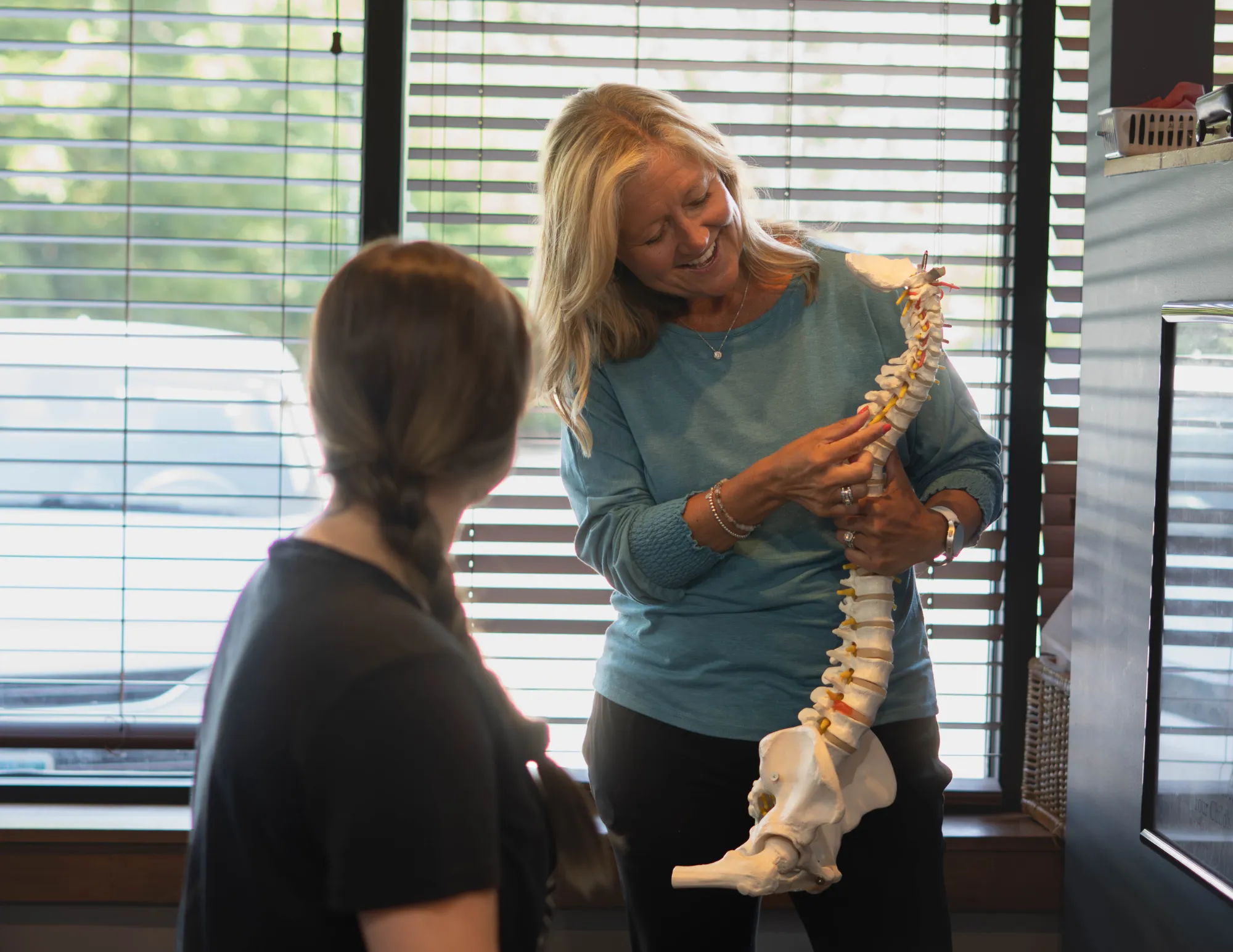 Scoliosis is a condition characterized by an abnormal sideways curvature of the spine that can affect posture, movement, and overall comfort. Rather than the normal straight alignment when viewed from behind, a scoliotic spine curves to one side, creating an "S" or "C" shape. This condition can develop during childhood or adolescence, though it may also occur in adults due to degenerative changes or other factors. The severity of scoliosis varies greatly, from mild curves that are barely noticeable to severe deformities that significantly impact daily life.
Scoliosis is a condition characterized by an abnormal sideways curvature of the spine that can affect posture, movement, and overall comfort. Rather than the normal straight alignment when viewed from behind, a scoliotic spine curves to one side, creating an "S" or "C" shape. This condition can develop during childhood or adolescence, though it may also occur in adults due to degenerative changes or other factors. The severity of scoliosis varies greatly, from mild curves that are barely noticeable to severe deformities that significantly impact daily life.
The symptoms of scoliosis can range from subtle to quite noticeable, depending on the degree of curvature. Common signs include uneven shoulders or hips, one shoulder blade appearing more prominent than the other, and clothes not fitting properly. Some people experience back pain, muscle fatigue, or stiffness, particularly after prolonged standing or sitting. In more severe cases, scoliosis can affect breathing and heart function if the curvature compresses internal organs.
Many people with scoliosis develop compensatory patterns as their body attempts to adapt to the abnormal spinal alignment. These adaptations can lead to muscle imbalances, joint dysfunction, and additional areas of pain throughout the spine and extremities. The psychological impact of visible spinal deformity can also affect self-esteem and quality of life, particularly in adolescents.
Through gentle spinal adjustments, we work to improve joint mobility and reduce restrictions that may be contributing to discomfort. Postural training and therapeutic exercises are essential components of scoliosis management, helping to strengthen weak muscles, stretch tight areas, and improve overall spinal stability. These interventions can help patients maintain better posture and reduce the progression of compensatory patterns.
For the treatment of scoliosis we recommend chiropractic and physical therapy. Depending on your individual needs, your doctors will help your body stop the quick progression of scoliosis through regular treatments to the spine, at home tips and exercises, and referrals to other care in the area. Proper care of the spine even when you have scoliosis can avoid medical procedures and relieve chronic pain!